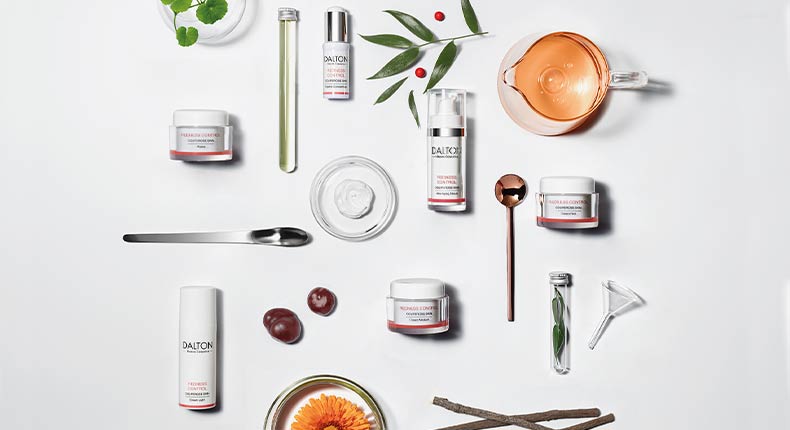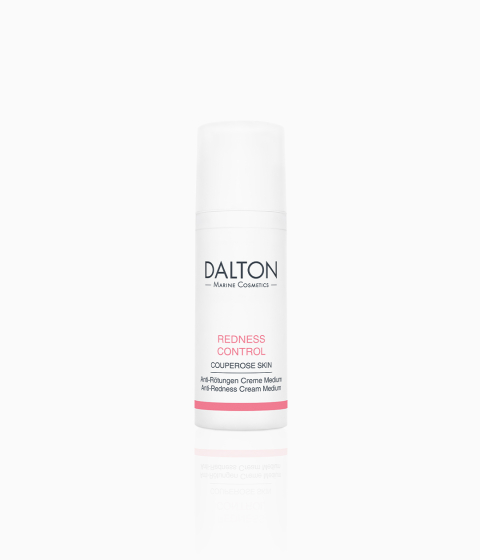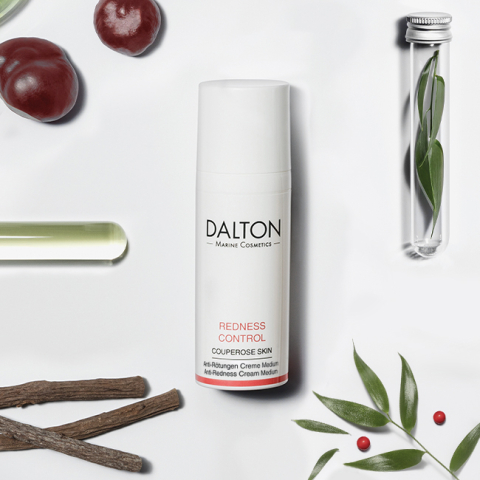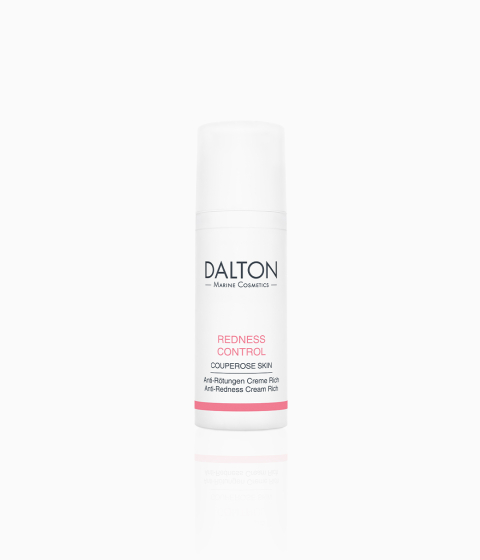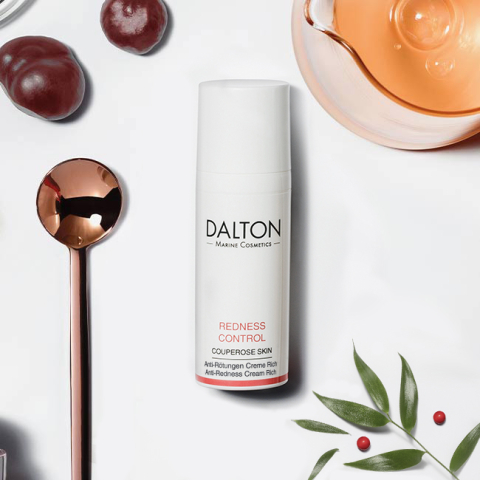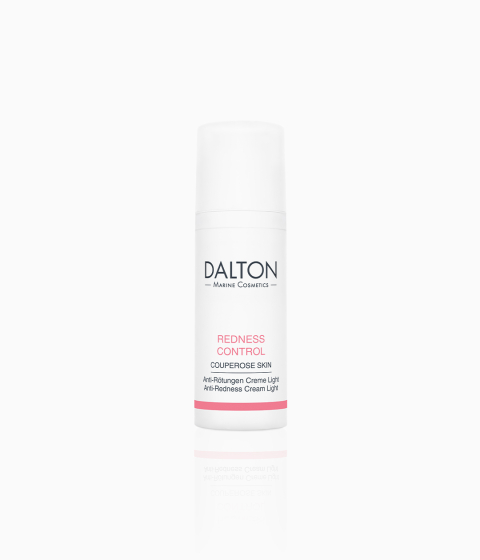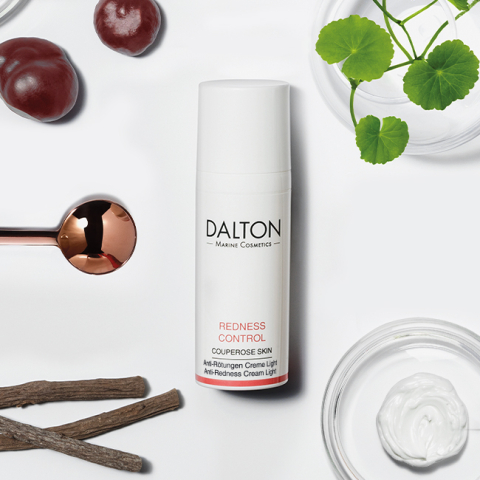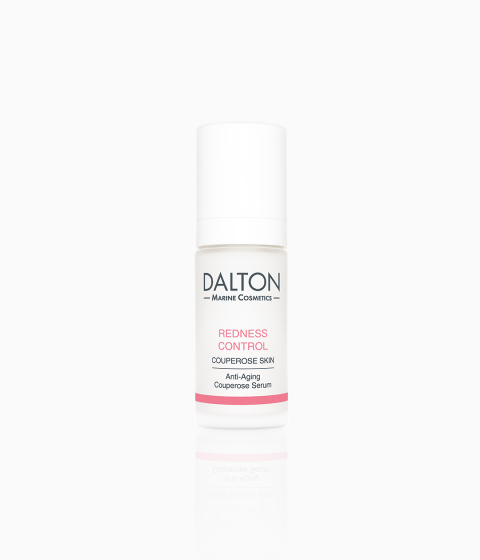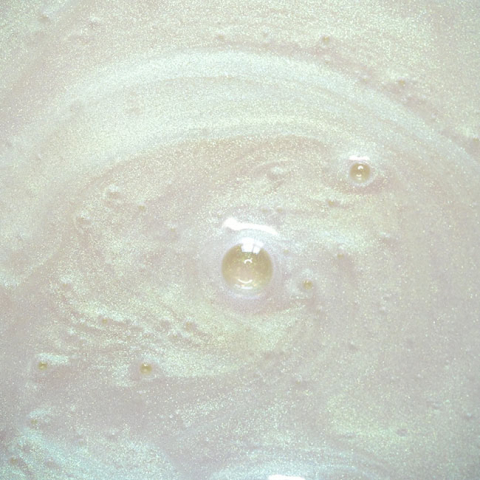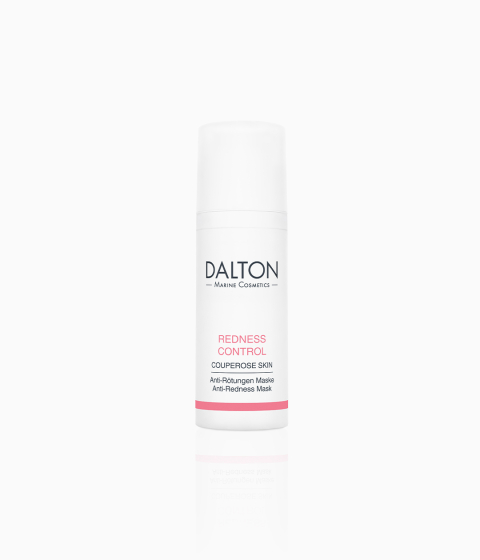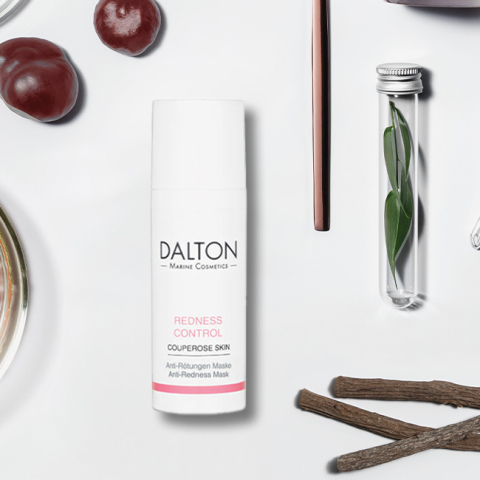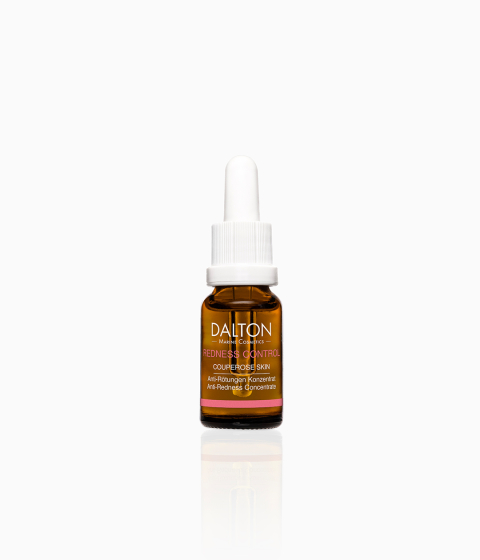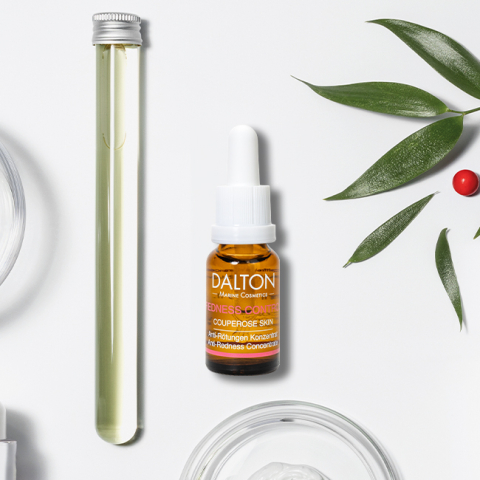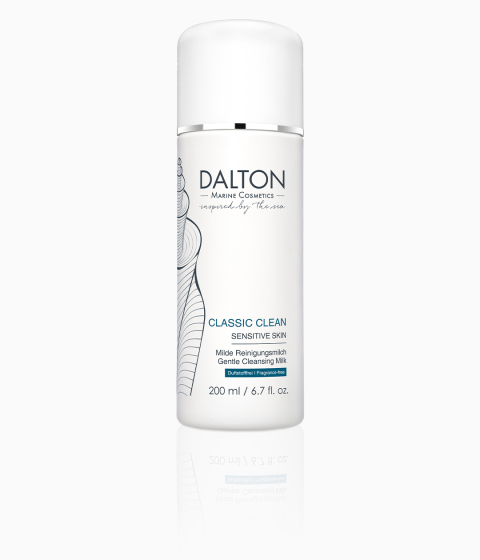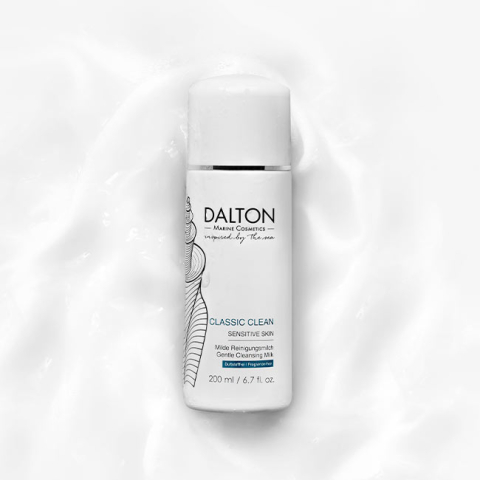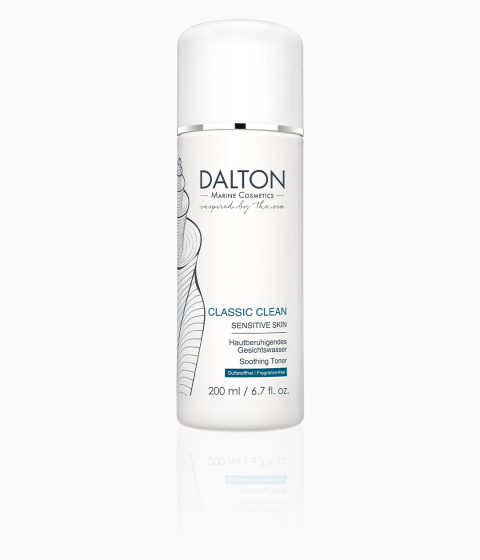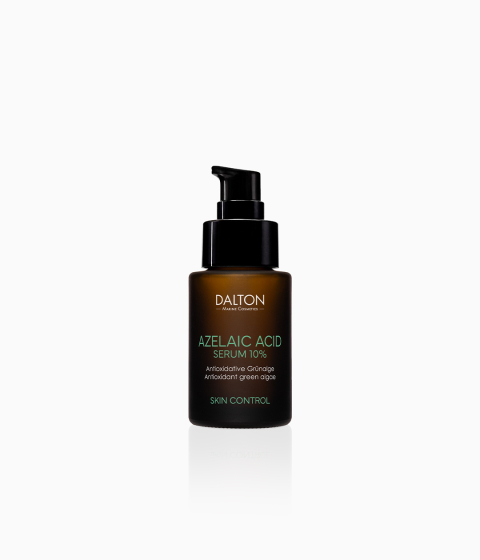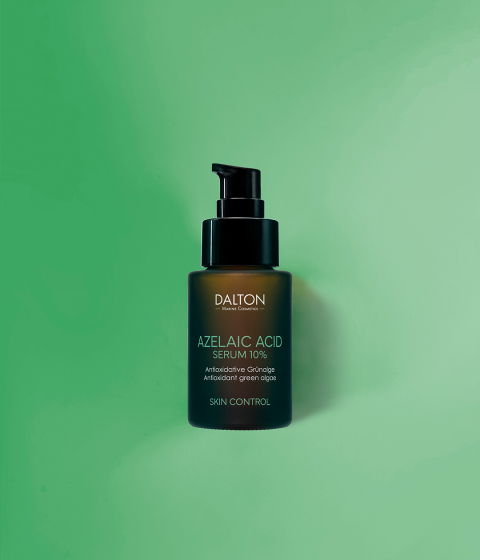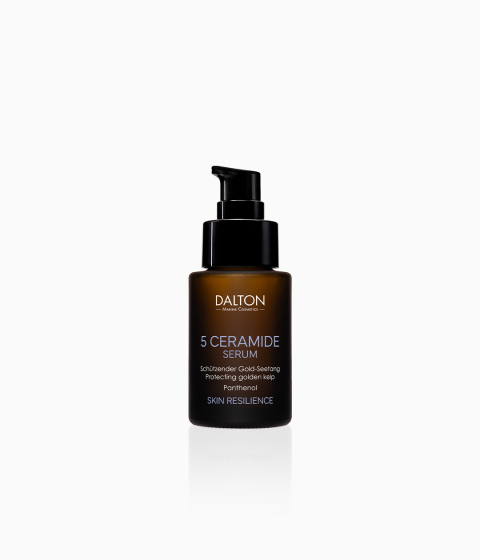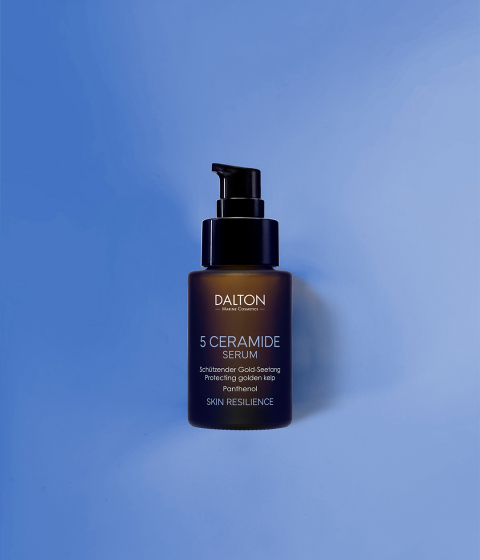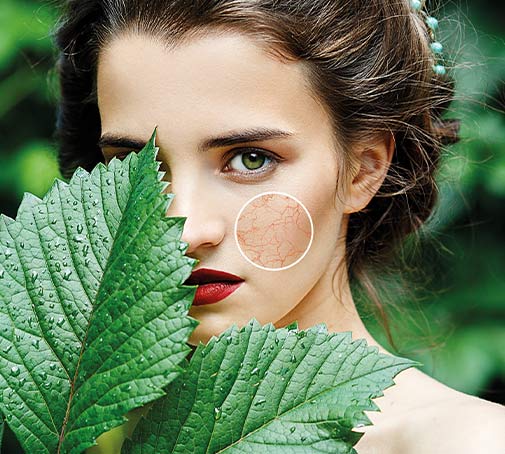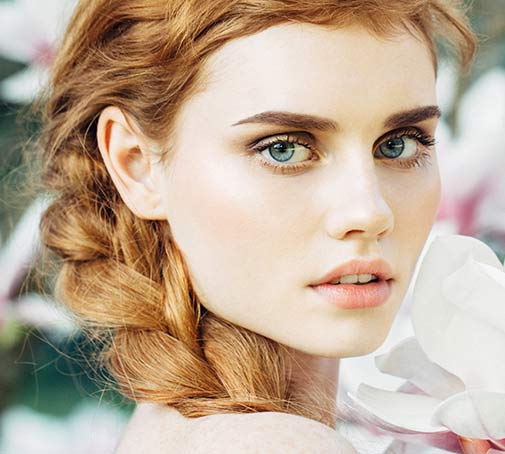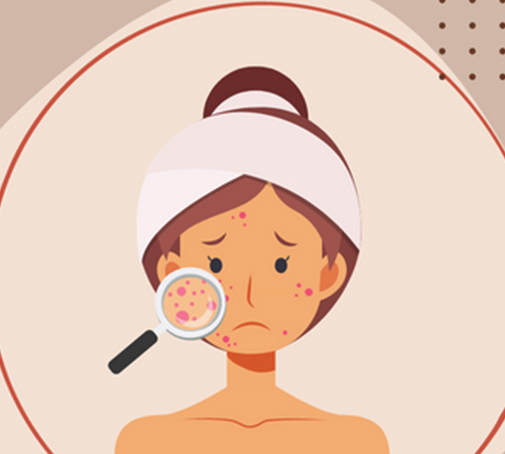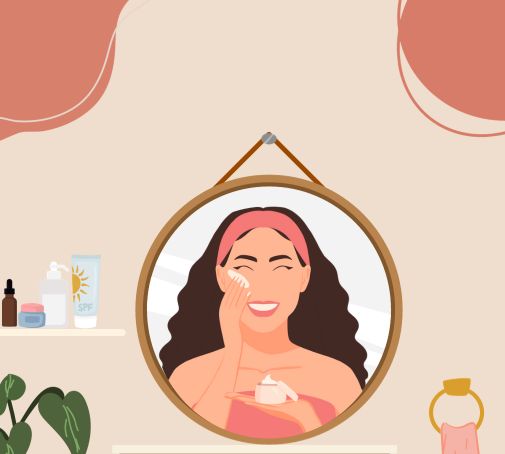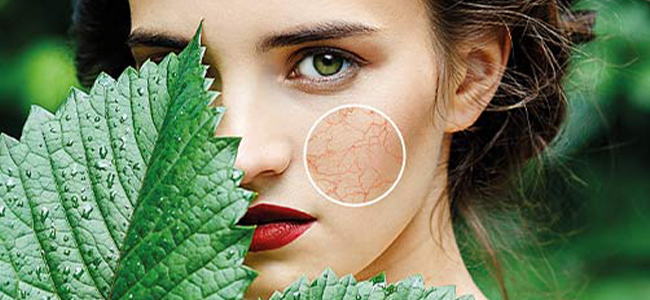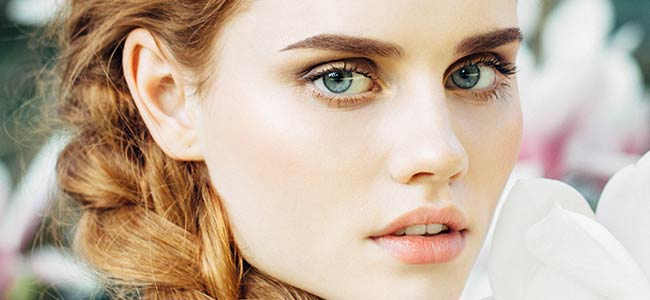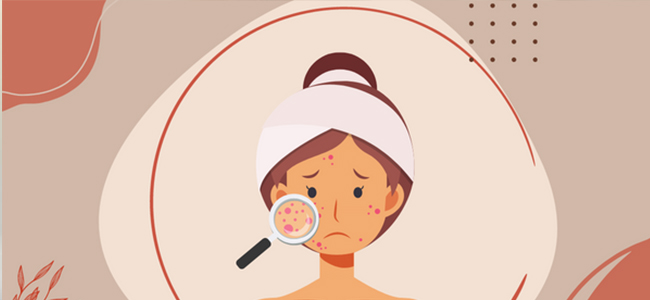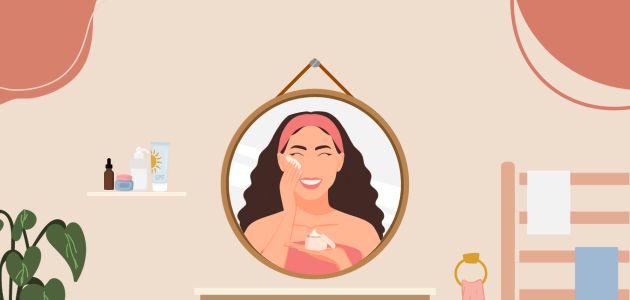
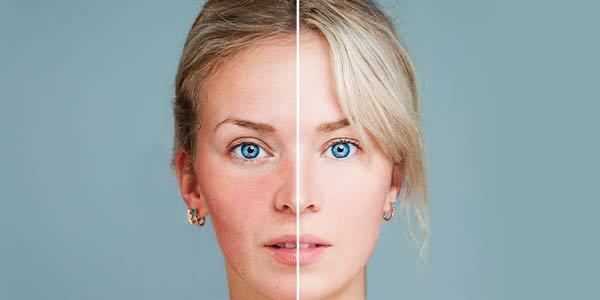
Rosacea
Are you struggling with dilated blood vessels, papules, pustules and persistent redness on the face? In this article, we’ll explain what triggers these symptoms and how you can treat and prevent them.
What is Rosacea?
Rosacea is a non-contagious, chronic inflammatory skin condition that mainly affects the face (diagnosis is performed by a specialist). Depending on the severity of the condition, it can result in various signs and symptoms. The most common rosacea symptoms include: Visible blood vessels, facial flushing, redness as well as red bumps and pus-filled pimples resembling acne. While it‘s still unknown what exactly causes rosacea, risk factors are believed to include genetic predisposition and a family history of the disease. It tends to affect fair-skinned adults between the ages of 30 and 50.
![What is rosacea?] How to treat rosacea](https://www.dalton-cosmetics.com/media/wysiwyg/Dalton-Meereskosmetik-Magazin-Rosacea-Hautbild.jpg)
![What is rosacea?] How to treat rosacea](https://www.dalton-cosmetics.com/media/wysiwyg/Dalton-Meereskosmetik-Magazin-Rosacea-Hautbild.jpg)
![What is rosacea?] How to treat rosacea](https://www.dalton-cosmetics.com/media/wysiwyg/Dalton-Meereskosmetik-Magazin-Rosacea-Hautbild.jpg)
![What is rosacea?] How to treat rosacea](https://www.dalton-cosmetics.com/media/wysiwyg/Dalton-Meereskosmetik-Magazin-Rosacea-Hautbild.jpg)
Dos and Don’ts
Trigger warning! These are some common triggers you should watch for to help avoid rosacea flare-ups. Even though rosacea triggers aren’t the same for everyone, it’s worth paying attention to the following factors:
- Avoid UV damage: Always wear a high SPF sunscreen
- Keep away from spicy foods and hot beverages: They can cause the blood vessels to dilate and trigger flushing
- Avoid smoking and excessive alcohol consumption
- Avoid extreme temperature changes
- Reduce stress
In general, it’s very important to find the right balance and avoid extreme fluctuations. Very cold beverages on a warm summer day can promote facial redness just as much as spicy foods, for example.
Stages and Subtypes of Rosacea
If your skin is prone to redness or broken capillaries, it does not necessarily mean that you have a disease. Diffuse redness of the skin may also indicate that you have couperose. Couperose can be a precursor to rosacea, but it is not always the case. The various rosacea-like symptoms are not a permanent condition. Instead, they appear as regular flare-ups which can vary in severity.
Rosacea can be divided into various stages and subtypes:
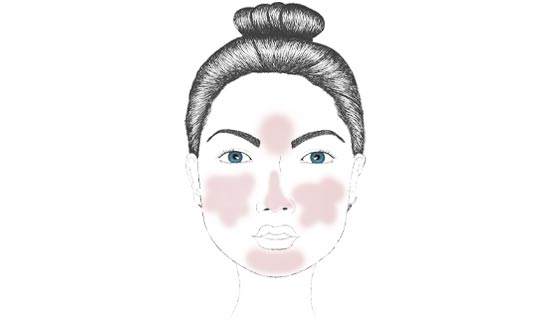

Rosacea Diathesis – Preliminary stage
This stage is characterized by sudden episodes of flushing (for example after eating spicy foods), which disappear on their own after a short time. This rapid facial blushing can have various causes. It mainly affects the middle of the forehead, nose, chin and cheeks.
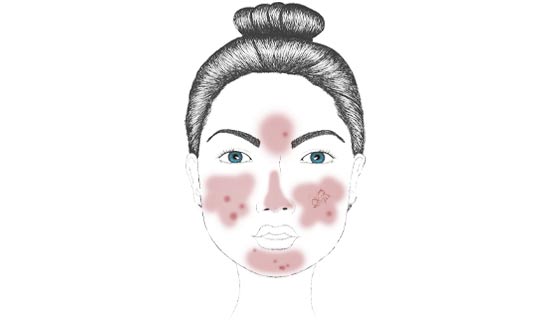

Erythematotelangiectatic rosacea (ETR) - Subtype I
Those affected suffer from red, dry and flaky skin that tends to itch, sting or burn. Tiny red blood vessels become visible near the surface of the skin (telangiectasia).
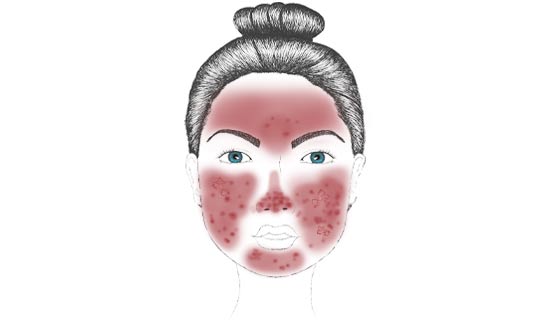

Papulopustular rosacea (PPR) - Subtype II
This subtype is especially prone to acne-like breakouts, in addition to typical other symptoms like redness and flushing. It presents with inflamed red bumps, papules and pustules. These may persist for several weeks. In some cases, rosacea patients develop lymphedema, a build-up of fluids in the tissue.
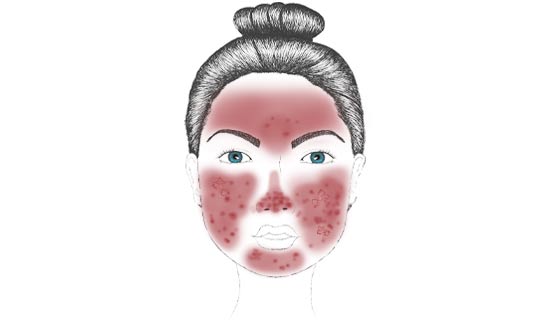

Phymatous Rosacea - Subtype III
This is the most severe form of rosacea. Those affected suffer from nodular growths (phyma) that affect the sebaceous glands and connective tissue. Phymatous changes of the nose (rhinophyma, also known as ‘potoato nose’ or ‘whiskey nose’) are most common in men. The condition can cause significant psychological distress.
Don’t confuse these two! Since acne and rosacea can look very similar at first glance, they are often confused. Rosacea even used to be called acne rosacea, but they are different conditions and most over-the-counter acne medications do not treat rosacea symptoms. It is also possible to have both acne and rosacea, which makes the matter all the more confusing.
Rare Forms
In addition to the above-mentioned subtypes, there are some more serious and more rare forms: Ocular rosacea, for example, is an eye condition that causes dry, swollen, bloodshot eyes and inflammation of the eyelids.
In rosacea fulminans, the symptoms are quite severe. If they persist for several weeks and don’t respond to oral antibiotics, this may point to a condition called gram-negative rosacea. In that case, treatment with drugs is only partially effective, while gram-negative bacteria survive and keep attacking the skin.
Skincare and Treatment Options
What should you watch out for when it comes to skincare? It is best to use gentle and, above all, oil-free as well as fragrance-free formulations for sensitive skin that strengthen the capillaries and relieve redness. The REDNESS CONTROL collection for skin prone to redness and couperose would be an ideal choice. In addition to three different creams to reduce dilated blood vessels, a soothing mask and anti-redness concentrate, this collection also offers an anti-wrinkle serum with green shimmer pigments to neutralize redness. And don’t forget to use a cleanser every morning and evening to get rid of dirt and excess sebum. After cleansing, we recommend using a soothing toner to restore the skin’s pH and prep it for the rest of your routine.
Make sure you use oil-free and fragrance-free foundations when applying make-up. Reddened areas and dilated blood vessels can be covered and concealed with green-tinted camouflage products.
If you have dermatologist-diagnosed rosacea, you should discuss any treatment with a specialist. Your doctor may prescribe anti-inflammatory creams or ointments. Other treatment options include light and laser treatments to fade or even remove visible spider veins.
SIMILAR POSTS
You Might Also Like

